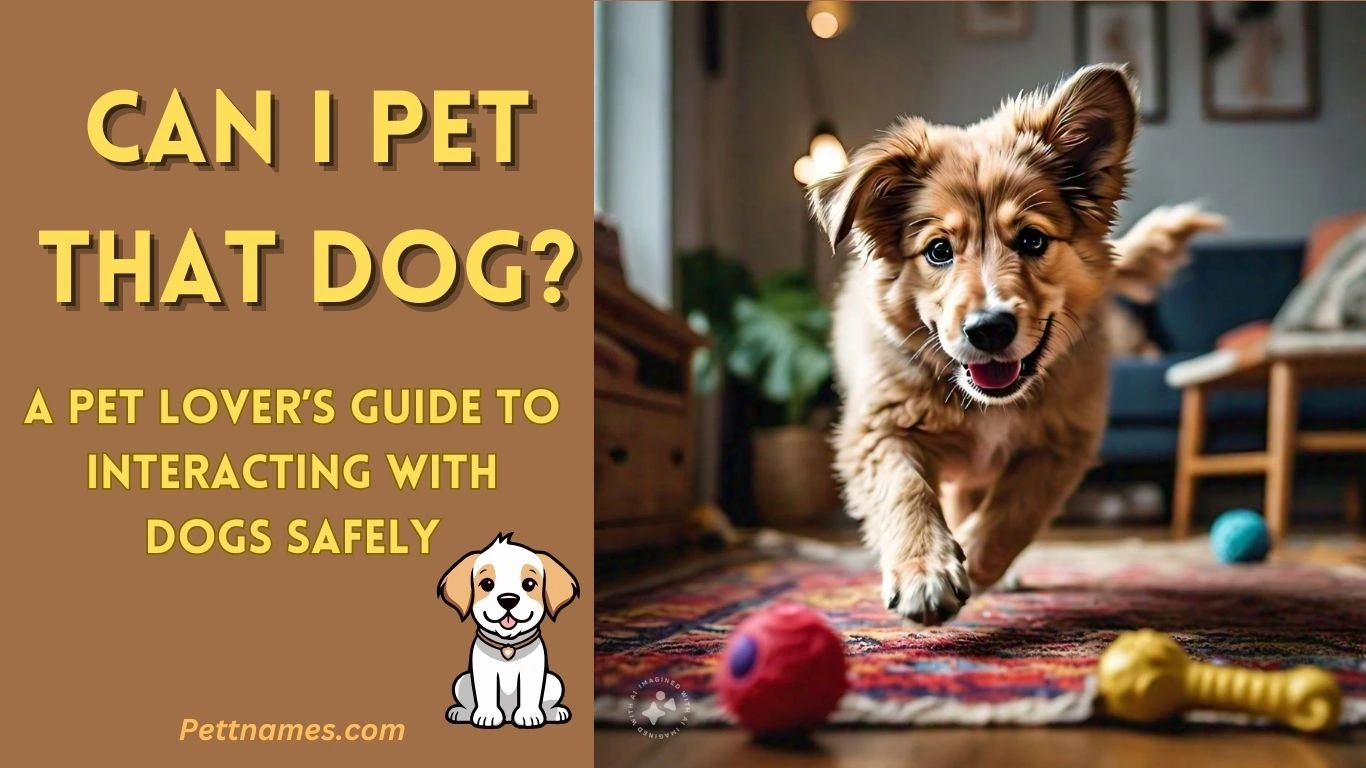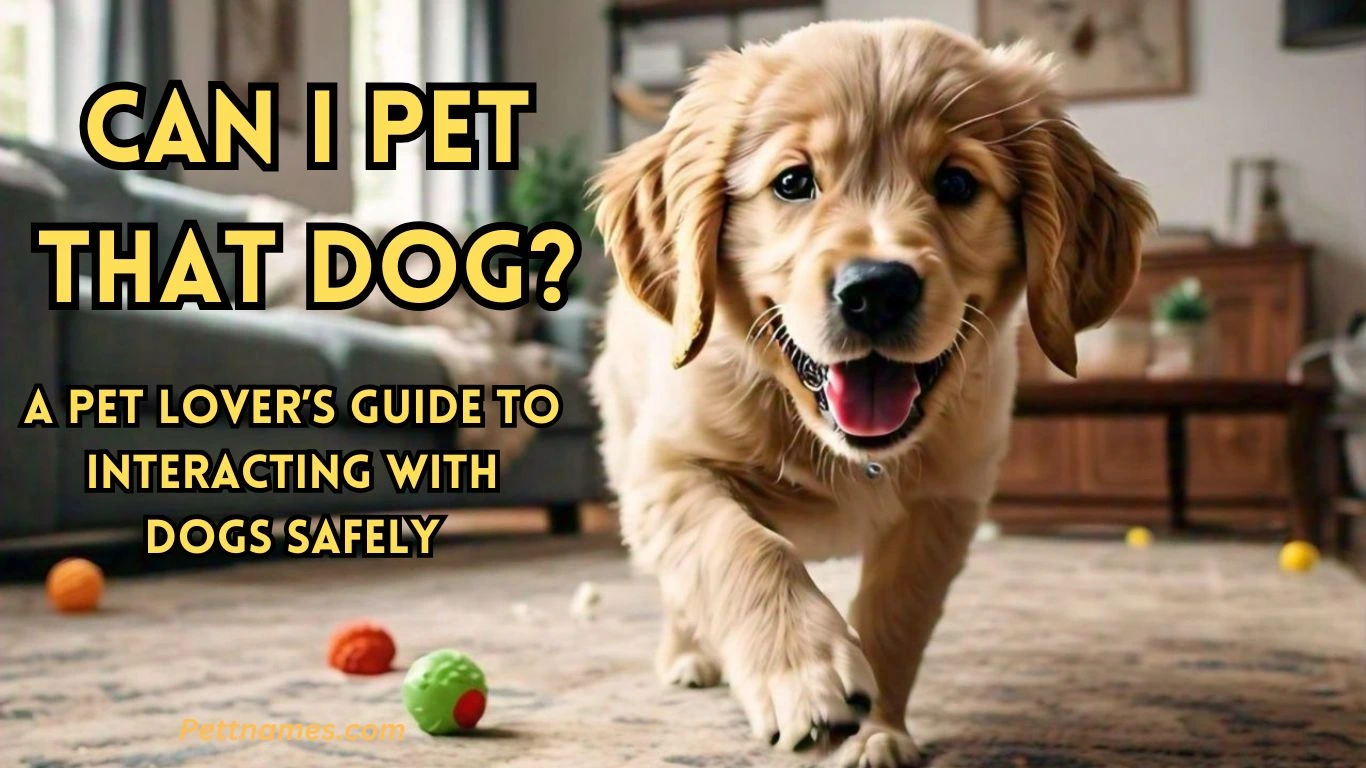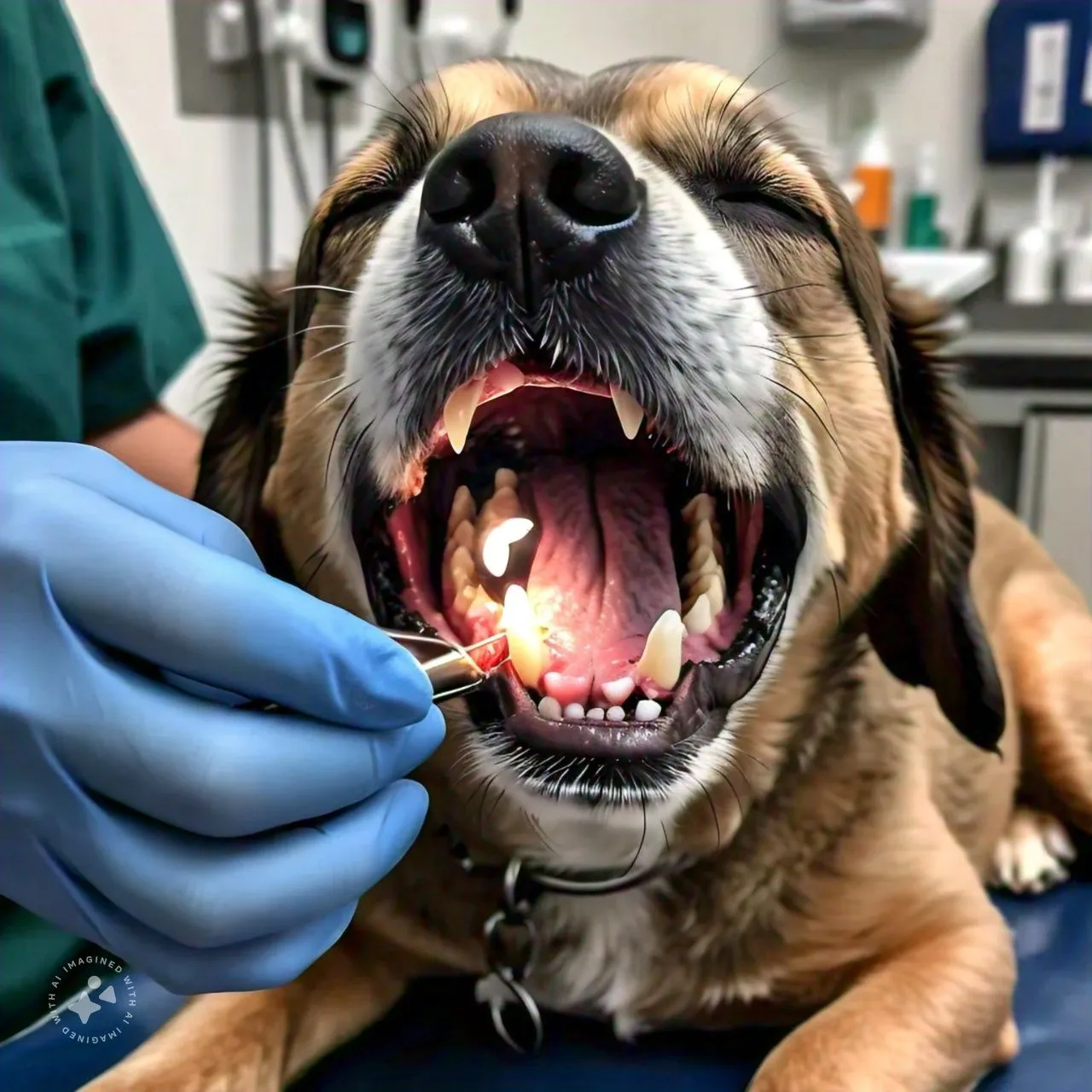“Can I Pet That Dog?” If you’ve ever asked yourself this question, then keep reading for “A Pet Lover’s Guide to Interacting with Dogs Safely.”
There’s nothing quite like meeting a friendly dog out on a walk, sitting in a park, or strolling down the street. The excitement of seeing a cute dog often leads to an instinctive desire to reach out and pet them. But is it always okay to pet a dog you meet while out and about? How can you tell if the dog is in the mood for interaction? Is it safe to approach and pet a dog that isn’t yours?
If you’ve ever found yourself wondering these questions, you’re not alone. For many people, interacting with dogs can be a joyful experience, but it’s important to understand that not all dogs want to be petted by strangers. Additionally, approaching a dog incorrectly can lead to anxiety for the dog or even dangerous situations for both you and the dog.
In this post, we’ll dive deep into the topic of dog interaction, teaching you how to approach a dog safely, recognize their body language, and understand when it’s appropriate to pet them. Let’s explore how to ensure that both you and the dog have a positive and comfortable experience.

Understanding Dog Body Language: The Key to Safe Interactions
Dogs communicate primarily through body language. Unlike humans, they can’t verbally express their feelings, so they rely on their posture, movements, and expressions to let us know how they’re feeling. Understanding a dog’s body language is essential for determining whether it’s safe to approach or pet a dog.
Signs That a Dog is Open to Petting:
- Relaxed Posture: If a dog is standing or sitting comfortably with a relaxed posture, it’s a good sign that they’re open to interaction. A relaxed dog may have a soft, neutral stance without any signs of tension in their muscles.
- Wagging Tail: Many people assume that a wagging tail always indicates a happy dog, but it’s important to understand the context. A wagging tail can mean excitement, but it can also indicate anxiety or agitation. Look for a loose, gentle wag rather than a stiff or rapid one. A relaxed wag with a neutral tail position often signals that the dog is approachable.
- Approaching You: If a dog is walking toward you, especially with their head and body held comfortably, it means they’re likely interested in meeting you. When dogs actively move toward you, they usually want to engage.
- Playful Behavior: If the dog is jumping around, wagging their tail, or bowing (front end lowered while the rear end stays up), it’s a strong indication that they want to play and likely welcome petting.
Signs That a Dog Needs Space:
- Tense Body: A stiff, rigid body usually signals discomfort or anxiety. If a dog seems tense or their muscles are locked up, it’s a sign they may not want to interact.
- Growling or Showing Teeth: A growl is a clear warning sign that the dog feels threatened, uncomfortable, or defensive. Similarly, if the dog is showing its teeth, it’s a sign of aggression or fear, and it’s best to avoid attempting to pet the dog.
- Avoiding Eye Contact: If a dog avoids eye contact or looks away from you, it may indicate that they’re not interested in interaction or that they feel uneasy.
- Raised Hackles or Tucked Tail: Raised hackles along the back or a tail tucked between the legs are signs of fear or aggression. A dog in this state may be feeling threatened and may react defensively if approached.
How to Approach a Dog Safely: Don’t Rush the Interaction
Now that you understand the basic signs to look out for, it’s time to focus on how to approach a dog safely. Whether the dog is a stranger or one you know, approaching a dog with respect and patience will go a long way in ensuring that both you and the dog feel comfortable.
1. Ask the Owner First
The most important rule when it comes to petting a dog is to always ask the owner for permission first. Even if a dog seems friendly and approachable, it’s essential to respect the owner’s boundaries. Some dogs may have special needs, behavioral issues, or specific training that could affect how they interact with strangers. Asking permission is not only courteous but also helps prevent misunderstandings or accidents.
2. Approach Calmly
When you’ve received the green light from the owner, approach the dog calmly and confidently. Avoid rushing toward the dog, as sudden movements can startle them. Instead, walk slowly and give the dog time to observe you. Dogs often feel more comfortable when they have time to process a new person entering their space.
3. Let the Dog Come to You
Rather than reaching out immediately, let the dog decide if they want to approach you. Most dogs will move toward you if they’re interested in a friendly interaction. If they seem hesitant or stay at a distance, don’t chase after them—let them come to you on their own terms.
4. Avoid Sudden Movements
Dogs can be startled by quick or unpredictable movements, especially if they’re not used to being around strangers. Make sure to avoid waving your arms, jumping, or making loud noises. Keep your movements slow and deliberate to prevent alarming the dog.
When NOT to Pet a Dog: Recognizing Boundaries
While dogs are wonderful companions, it’s crucial to know when it’s not appropriate to approach them. Understanding when a dog is not in the mood for petting can help prevent negative or dangerous situations.
1. When the Dog is on a Leash
Dogs on leashes may feel trapped or restricted, especially in public spaces. When a dog is on a leash, they can’t escape if they feel threatened or overwhelmed, which could lead to aggressive behavior. Additionally, they may feel protective of their owner. If a dog is on a leash, it’s often best to wait for the owner’s cue before attempting to pet the dog.
2. If the Dog is Showing Signs of Aggression or Fear
If a dog is growling, barking aggressively, or showing teeth, it’s important to respect their personal space. These behaviors are clear signs that the dog is not comfortable, and attempting to pet them could escalate the situation. Dogs that are anxious, fearful, or protective may not be willing to accept petting, and forcing it could lead to dangerous interactions.
3. If the Dog is Not Familiar With You
If the dog is a stranger or if you don’t have the owner’s permission to interact with them, it’s generally best to avoid petting the dog. Some dogs are more anxious or territorial around people they don’t know, and they might perceive your approach as a threat.
How to Pet a Dog (If It’s Safe)
Once you’ve ensured that the dog is comfortable and willing to be petted, it’s important to do so in a way that’s respectful and doesn’t cause distress.
1. Best Areas to Pet
When petting a dog, the best areas to focus on are typically the sides, back, and chest. These areas are generally safer for interaction and less likely to cause discomfort. Avoid petting the dog’s head, ears, or tail unless the dog has specifically shown interest in being touched there. Some dogs are sensitive to having their heads or ears touched, which can lead to discomfort or defensive behavior.
2. Gentle Touch
Petting should always be gentle and calm. If you’re unsure how the dog will react, start by softly rubbing their sides or back. Avoid quick or forceful movements that might startle the dog. Pay attention to how the dog responds—if they lean into your hand or remain relaxed, continue. If they pull away or seem uncomfortable, stop immediately.
3. Respect Boundaries
Not every dog will want to be petted for long periods. If the dog begins to walk away or pulls back, it’s important to respect their boundaries and stop the interaction. Always listen to the dog’s signals and stop petting if they indicate they want space.
What to Do if a Dog Doesn’t Want to Be Pet
Sometimes, despite your best efforts, a dog may simply not want to interact. If a dog pulls away, retreats, or shows signs of discomfort, it’s important to stop trying to pet them.
Respect Their Space
If a dog doesn’t seem interested in being petted, it’s crucial to respect their personal space. This could be because they’re tired, stressed, or simply not in the mood for interaction. Forced petting could lead to stress or aggressive behavior.
Understand Their Needs
Dogs, like humans, have moods and needs that change from day to day. It’s important to understand that just because a dog doesn’t want to be pet at one moment doesn’t mean they won’t enjoy it later. Being patient and respectful of the dog’s needs will foster positive interactions in the future.
The Importance of Teaching Kids How to Interact with Dogs
If you have children, teaching them how to interact with dogs safely is incredibly important. Children can sometimes be overly excited or rough when petting dogs, which can cause discomfort for the animal.
Guidelines for Children
- Teach children to ask permission before petting any dog.
- Encourage them to approach dogs calmly and to avoid sudden movements.
- Instruct children to pet dogs gently and on areas that are usually safe, like the sides or back.
By teaching kids how to approach dogs properly, you’ll help them form positive, safe interactions with animals and develop respect for pets.
Can I Pet That Dog? A Pet Lover’s Guide to Interacting with Dogs Safely”
Meeting a new dog can be an exciting experience, but before you reach out to pet them, it’s important to understand how to interact with dogs in a way that’s safe for both you and the dog. Whether you’re a seasoned pet lover or someone encountering a dog for the first time, knowing the right approach and reading a dog’s body language are essential to ensure a positive interaction. In this guide, we’ll walk you through the best practices for safely petting dogs and recognizing the signs that tell you whether it’s okay to get close.
Final Lines
Petting a dog can be one of life’s simplest joys, but it’s important to approach it with care and respect. By paying attention to a dog’s body language, asking for permission, and approaching them safely, you can create a positive interaction that leaves both you and the dog feeling happy and comfortable.
Remember, not all dogs want to be petted, and that’s okay. Respecting a dog’s boundaries and understanding when it’s best to leave them alone is just as important as knowing how to pet them safely.
So, next time you see a dog on the street or in a park, take a moment to assess the situation, ask the owner if it’s okay to pet, and enjoy the rewarding experience of interacting with a furry friend—safely and respectfully.
For more posts please visit to our website www.pettnames.com
Read also:
How to treat your Dog tooth abscess simply


